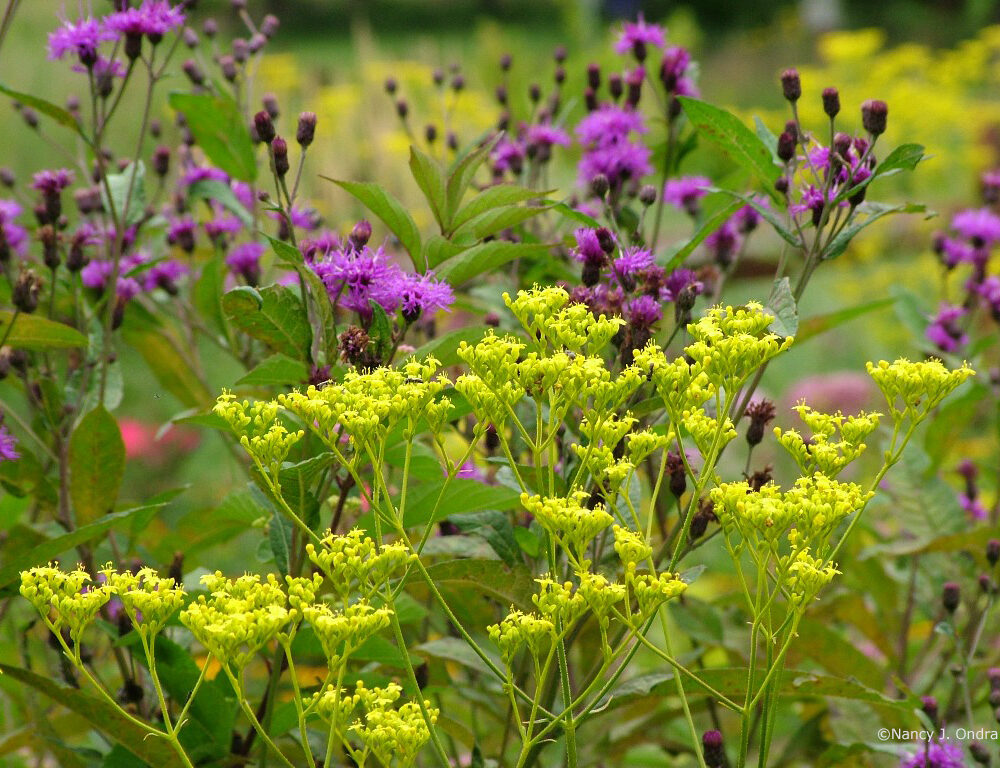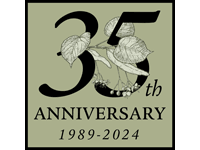Author: admin
Early Spring Garden Maintenance
Gardening Tasks to Complete Now Early spring is the time to get the garden back in shape in anticipation of the warmer weather soon to come (we hope!). Now is the ideal time for performing certain housekeeping tasks such as pruning, removing old foliage and fertilizing. We begin our spring housekeeping by pruning our Hydrangea […]
Hellebores for Your Garden
Hellebores for Your Early Spring Garden After the long cold winter, I can’t think of a more wonderful plant to see emerging in the spring than Helleborus orientalis. Fun Facts and Attributes: – Despite names such as Lenten Rose, Christmas Rose and Winter Rose, they are not related to the rose family at all, but it’s […]
Blooms and Berries for Fall

September is finally here and after the summer some fresh color in the garden is a welcome sight. Sure, there are autumn standards for beds and borders–asters, goldenrods, and the like–but if you want to set your garden apart, it’s worth hunting for some of the lesser known gems. Read on to discover two of […]

